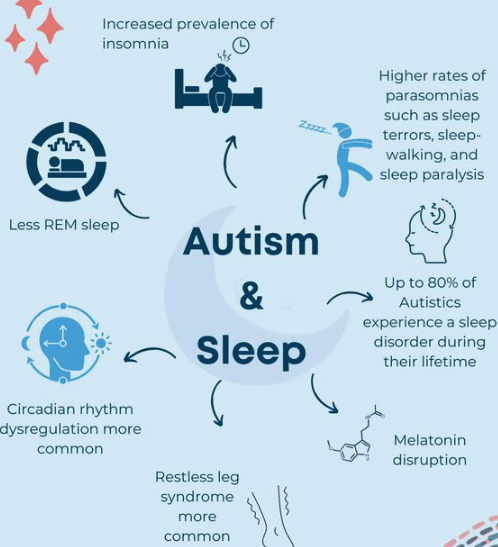Dinosaur hands are often linked with certain neurodevelopmental conditions, particularly those affecting motor control and sensory processing. Recognizing these associations can guide targeted interventions.
- Autism Spectrum Disorder (ASD): Commonly associated with repetitive behaviors and sensory processing challenges.
- Developmental Coordination Disorder (DCD): Impacts fine motor skills, leading to unusual hand postures.
- Obsessive-Compulsive Disorder (OCD): Repetitive movements may be part of compulsive routines.
- Anxiety Disorders: Certain hand postures can act as a self-soothing mechanism.
| Condition |
Connection to Dinosaur Hands |
| Autism Spectrum Disorder (ASD) |
Often seen as part of stimming or repetitive behavior. |
| Developmental Coordination Disorder (DCD) |
Leads to challenges in motor coordination, including hand movements. |
| Obsessive-Compulsive Disorder (OCD) |
Repetitive hand positions can be part of compulsive actions. |
| Anxiety Disorders |
Hands may stiffen as a way to manage stress or anxiety. |
Understanding these connections helps in creating effective strategies for managing and reducing dinosaur hands, supporting the child’s overall development and well-being.
What is Broken Wrist Syndrome?
This post was originally published on April 4, 2023. It was updated on Sept.6, 2024.











